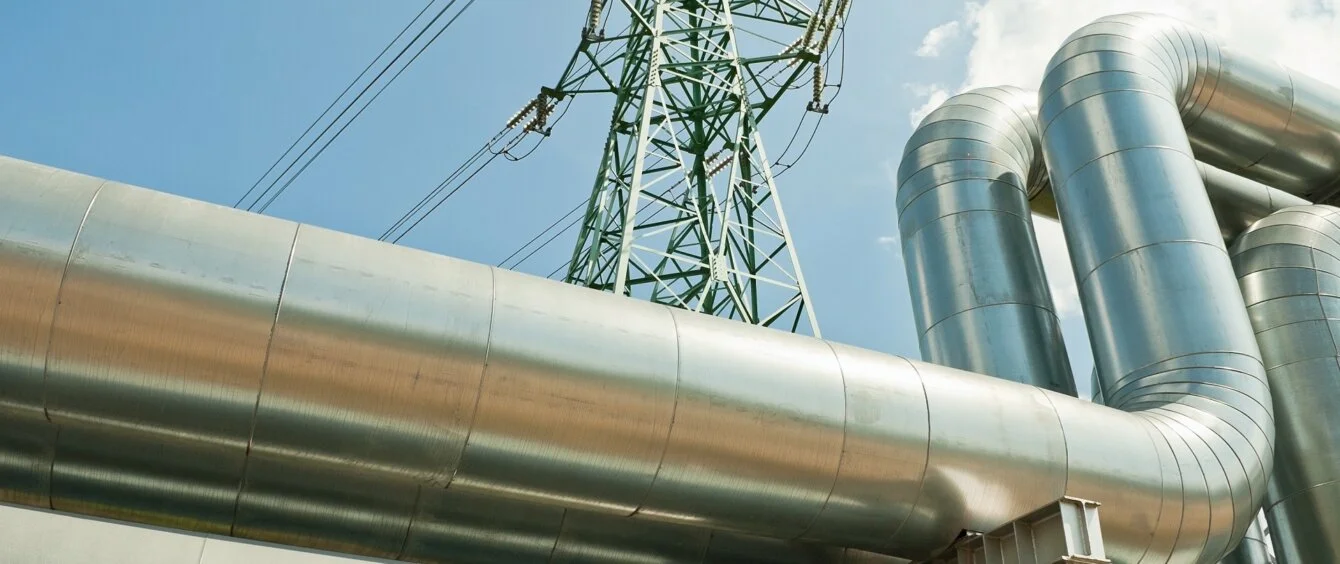Researchers at TU Berlin and the University of Aarhus recently presented a new study on Europe’s energy grids. The key takeaway of the extensive model analysis is that “expanding hydrogen and power grids simultaneously would be the cheapest alternative and could result in up to 70 billion euros in annual savings throughout Europe. In addition, a well-planned hydrogen network could be built using existing gas pipelines.”
Produce and transport renewable energy at the best sites
Built-out electricity networks and gas pipelines repurposed for hydrogen could transport renewable energy from Europe’s sunny and windy regions to highly populated industrial hubs. Plus, this would be much more efficient than producing and using most of it regionally.
The scientists looked at four scenarios: expanding the power grid alone, expanding hydrogen networks alone, building out both grids, and no expansion. Compared to the no-expansion scenario, building out both systems would cut ten percent of the European energy system’s total cost, which according to the study would translate into 70 billion euros in annual savings.
Consideration of electricity and future hydrogen grids jointly is already reality. The European Network of Transmission System Operators for Gas (ENTSO-G) and Electricity (ENTSO-E) publish Ten-Year Network Development Plans – TYNDP every two years. The plans serve as a roadmap, providing a comprehensive picture of energy network evolution and integration. They also explore requirements applying to power grids and hydrogen infrastructure, for which they create various scenarios.
Combining electricity and hydrogen network expansion most advantageous
The upshot is that building out power grids provides the greatest benefit (six to eight percent savings). New grid costs would double, but the trade-off would be that green electricity could be generated at the most favourable solar and wind power sites. In addition, this would make it easier to offset local fluctuations in wind power.
Converting existing gas networks to hydrogen grids and building new pipelines would reduce total costs by two to three percent. The pros (storable long term in salt caverns, use in industry, etc.) clearly outweigh the cons (energy losses when converting green electricity to green hydrogen). “The most advantageous option would be a combination of electricity and hydrogen network expansion,” declares Fabian Neumann, who works in the Digital Transformation in Energy Systems Department at TU Berlin.
Open source software for comprehensive software model
An interesting aspect of the study is that the researchers used PyPSA open source software to conduct the study. Engineered at TU Berlin, this software is strongly recommended by various institutions such as the European Commission when evaluating hydrogen projects as the open source approach makes results extremely transparent.
The model of the European energy system based on the software combines weather data and the structure of energy networks in various countries as well as land available for solar and wind expansion. “This also includes regions in which hydrogen could be stored in subterranean salt caverns along with the locations of industrial plants in which carbon dioxide can be captured from industrial processes,” says Neumann.
Importance of European cooperation rises in relation to planning
Another conclusion drawn by the sophisticated analysis is that it is becoming increasingly important to coordinate energy infrastructure expansion across both countries and sectors. “To achieve carbon neutrality in a cost efficient manner, energy production, transport, conversion and storage sites must be planned more integratively as they strongly depend on one another.”
